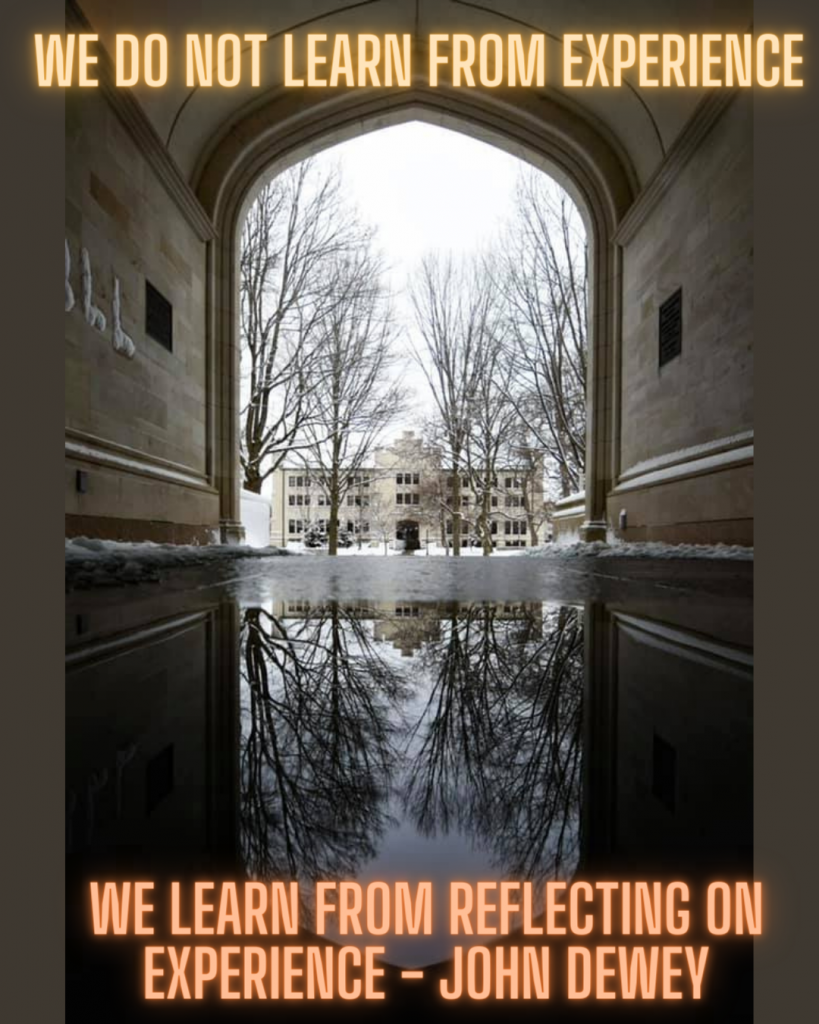Advice from Colleagues for Reading & Reflecting on Course Evaluations

Reading course evaluations is notoriously challenging even for the most seasoned of instructors, and especially those who may have to field comments that sting because of student biases or personal attacks. There is a substantial body of research indicating that student evaluations of teaching are often influenced by students’ own unconscious biases about the race, ethnicity, cultural background, and gender of the instructor, as well as factors such as age, sexual orientation and gender presentation, and physical ability. This must be taken into account by instructors, mentors, department and program chairs, review committees and administrators.
Below is some peer-to-peer advice from colleagues at the College of Wooster, especially for early-career faculty.
- Consider putting some distance between the end of the semester & reading your evaluations. True confessions: I’ve never been good at this myself. But several colleagues made the point that it is tough to receive any critique constructively when we are mentally and physically exhausted right after grading.
- Whenever you decide to look at them, “Share the Load.” Do it with other trusted colleagues, peers, people you know will help you contextualize and keep your self-esteem intact. A group of our Biology faculty trade evaluations & read each other’s first. They jot down a brief summary of the themes they saw, which took the focus off of one-off or more personally-directed comments. Whatever you do, don’t keep rereading negative evaluations.
- Meet with a mentor, your Chair, or another trusted faculty member before you begin teaching the following semester to reflect on how you might use some of the feedback to make tweaks to your courses. While all of us can do some of this on our own, it is often helpful to get ideas from other colleagues who have a broader range of experiences.
- As you think toward the future, consider what you might take away from this set of evaluations to improve your teaching. What themes or patterns do you see and, if you have previous evaluations to compare them with, what is similar or different: did you see less critique in a particular area than before? Did new student concerns arise (perhaps context-specific?)? Or maybe you tried a new pedagogical strategy that didn’t work as well as you’d hoped and students’ feedback that will help you to change it in the future?
Additional Resources Recommended by Colleagues:
Measuring Up: How to Manage Those Dreaded Course Evaluations by Jane S. Halonen and Dana S. Dunn (June 1, 2023), Chronicle of Higher Education.
The website of Therí A. Pickens, Professor of English at Bates College. [She posts her course evaluations verbatim in an effort to demystify race & gender bias in course evaluations.]
Gender and cultural bias in student evaluations: Why representation matters by Y. Fan, L.J. Shepherd, E. Slavich et al. (2019), PLOS 14 No. 2.
Evaluating Student Evaluations of Teaching: A Review of Measurement and Equity Bias in SETs and Recommendations for Ethical Reform by Rebecca J. Kreitzer and Jennie Sweet-Cushman (2021), Journal of Academic Ethics.
